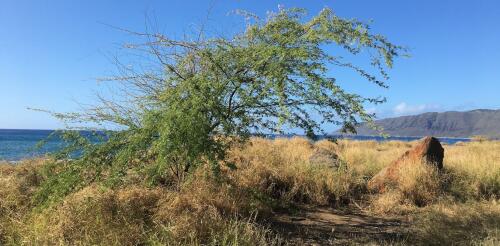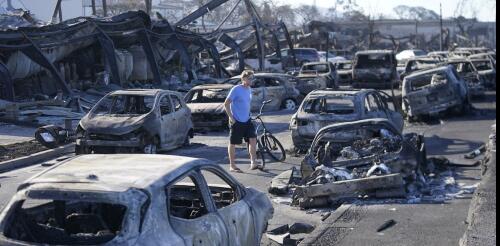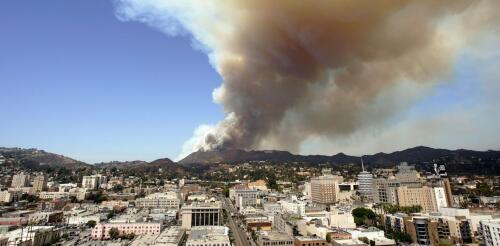Fire risk
The islands of Hawaii are world renowned for their generally pleasant and tranquil weather. However, the Aug. 8, 2023, wildfire tragedy on Maui was a stark reminder that Hawaii also can experience drought and hot, dry, windy weather, providing the conditions for destructive fires. Hawaii has seen a generally rising trend in the amount of land that burns each year as the local climate warms. Climate change was one of several contributors to Maui’s wildfire catastrophe, and rising temperatures and associated rainfall changes are expected to increase the islands’ fire risk. These changing weather patterns will also affect Hawaii’s ecosystems and freshwater resources. You can listen to more articles from The Conversation, narrated by Noa, here. I am a meteorologist at the University of Hawaii, and I have worked with colleagues to develop sophisticated computer climate simulations that project local rainfall changes over the 21st century. Our results sug...
People returning to what remains of the beachside town of Lahaina, Hawaii, and other Maui communities after one of the nation’s deadliest wildfire disasters face more dangers, beyond the 2,700 buildings destroyed or damaged and dozens of lives lost. The fires also left lingering health risks for humans and wildlife. When fires spread through communities, as we’ve seen more often in recent years, they burn structures that contain treated wood, plastics, paints and hazardous household wastes. They can burn vehicles and melt plastic water pipes. All of these items release toxic gases and particles. Many airborne pollutants fall to the ground, and when debris or dust is stirred up, hazardous particles can enter the air, where people can easily breathe them in. Chemicals can also contaminate water supplies. On Aug. 11, 2023, Maui County issued an “unsafe water” alert for areas of Lahaina and Upper Kula that were affected by wildfires, warning residents to u...
Over the past two decades, a staggering 21.8 million Americans found themselves living within 3 miles (5 kilometers) of a large wildfire. Most of those residents would have had to evacuate, and many would have been exposed to smoke and emotional trauma from the fire. Nearly 600,000 of them were directly exposed to the fire, with their homes inside the wildfire perimeter. Those statistics reflect how the number of people directly exposed to wildfires more than doubled from 2000 to 2019, my team’s new research shows. But while commentators often blame the rising risk on homebuilders pushing deeper into the wildland areas, we found that the population growth in these high-risk areas explained only a small part of the increase in the number of people who were exposed to wildfires. Instead, three-quarters of this trend was driven by intense fires growing out of control and encroaching on existing communities. A wildfire in 2017 dest...
Smoke from more than 100 wildfires burning across Canada has been rolling into North American cities far from the flames. New York City, Denver, Chicago, Minneapolis and Detroit each made the list of the most polluted cities in the world at times in May and June 2023 because of the fires. The smoke has triggered air quality alerts in several states. We asked Chris Migliaccio, a toxicologist at the University of Montana who studies the impact of wildfire smoke on human health, about the health risks people can face when smoke blows in from distant wildfires. What’s in wildfire smoke that’s a problem? When we talk about air quality, we often talk about PM2.5. That’s particulate matter 2.5 microns or smaller – small enough that it can travel deep into the lungs. Exposure to PM2.5 from smoke or other air pollution, such as vehicle emissions, can exacerbate health conditions like asthma and reduce lung function in ways that can worsen existing respiratory pr...



